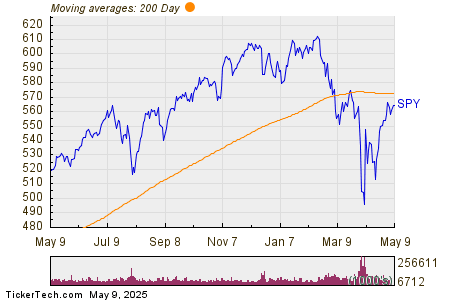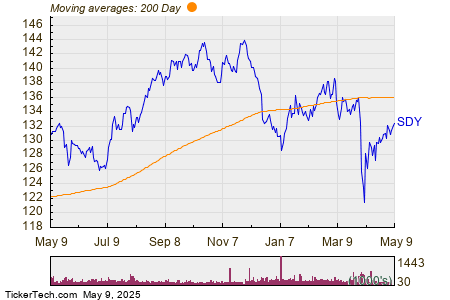April Natural Gas Prices Decline Amid Warmer Weather Forecast
On Friday, April Nymex natural gas (NGJ25) prices closed down -0.007 (-0.17%). This drop followed the forecast for warmer weather across the U.S., leading to reduced heating demand for natural gas. According to Atmospheric G2, most of the lower-48 states can expect above-normal temperatures from March 24 to March 28.
Commodity Bulletin:
This FREE newsletter covers everything from crude oil to coffee, beneficial for both industry professionals and newcomers alike.
Earlier in the week, natural gas prices surged to a two-year high due to indications that U.S. natural gas storage levels may remain tight as the summer air-conditioning season approaches. BloombergNEF projects that U.S. natural gas storage will be 10% below the five-year average this summer. As of March 7, the EIA reported that natural gas inventories were -11.9% below their five-year average, marking the tightest supplies seen in over two and a half years.
On March 14, dry gas production in the lower-48 states was at 107.1 bcf/day, representing a year-over-year increase of 4.6%. In the same period, gas demand rose to 77.0 bcf/day, which is 5.7% higher than last year, according to BNEF. Meanwhile, LNG net flows to U.S. export terminals stood at 15.2 bcf/day, showing a slight weekly decrease of 0.1%.
Additionally, the rise in U.S. electricity output is supportive of natural gas demand from utility companies. The Edison Electric Institute reported that total electricity output for the lower-48 states increased by 7.8% year-over-year to 77,360 GWh in the week ending March 8. Over the past 52 weeks, electricity output also showed a 3.35% year-over-year increase to 4,237,406 GWh.
A long-term bullish factor for natural gas prices emerged when President Trump ended the Biden administration’s pause on gas export project approvals in January. This move could facilitate a backlog of nearly a dozen LNG export projects. Reports suggest that the first LNG export project under the Trump administration, a Commonwealth LNG facility in Louisiana, is nearing approval. This expansion in U.S. LNG export capacity is likely to enhance demand for American natural gas and bolster prices.
According to Thursday’s weekly EIA report, there was a significant draw in natural gas inventories for the week ending March 7, falling by 62 bcf. This decline exceeded expectations of 50 bcf and was larger than the five-year average draw of 56 bcf for that period. As of March 7, natural gas inventories were down by 27.0% year-over-year and 11.9% below their five-year seasonal average, indicating tight supplies. In Europe, gas storage was reported at 36% capacity as of March 11, compared to a five-year average of 47% full at this time of year.
Baker Hughes reported that the number of active U.S. natural gas drilling rigs dropped by one to 100 rigs for the week ending March 14. Although this figure is modestly above the recent 3.5-year low of 94 rigs recorded on September 6, 2024, it signifies a decline since reaching a high of 166 rigs in September 2022, following a historic low of 68 rigs during the pandemic in July 2020 (data available since 1987).
On the date of publication, Rich Asplund did not hold any positions, either directly or indirectly, in the securities mentioned in this article. All information and data within this article are intended solely for informational purposes. For more information, please view the Barchart Disclosure Policy
here.
More news from Barchart
The views and opinions expressed herein are those of the author and do not necessarily reflect those of Nasdaq, Inc.


